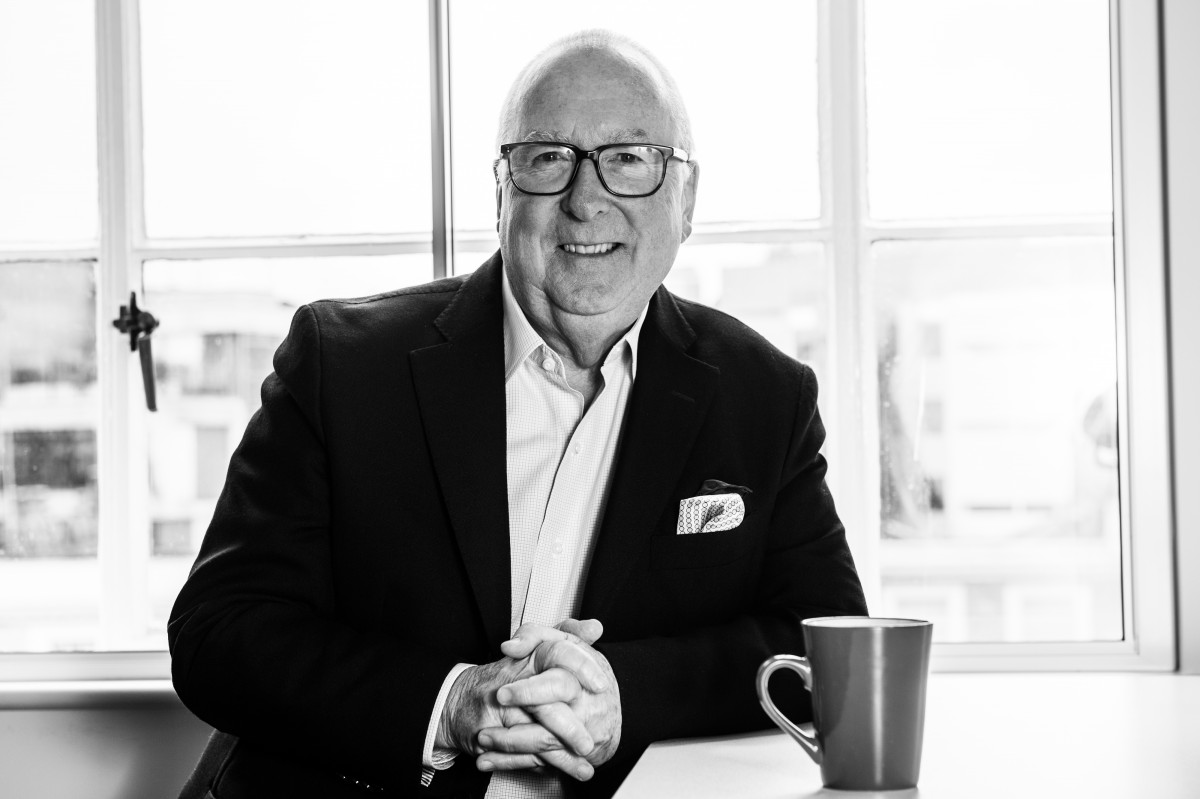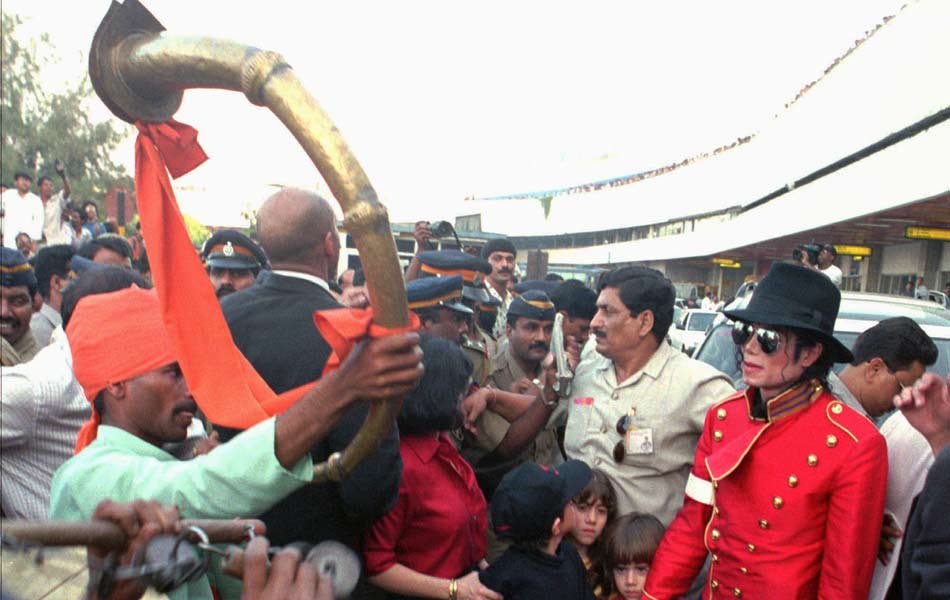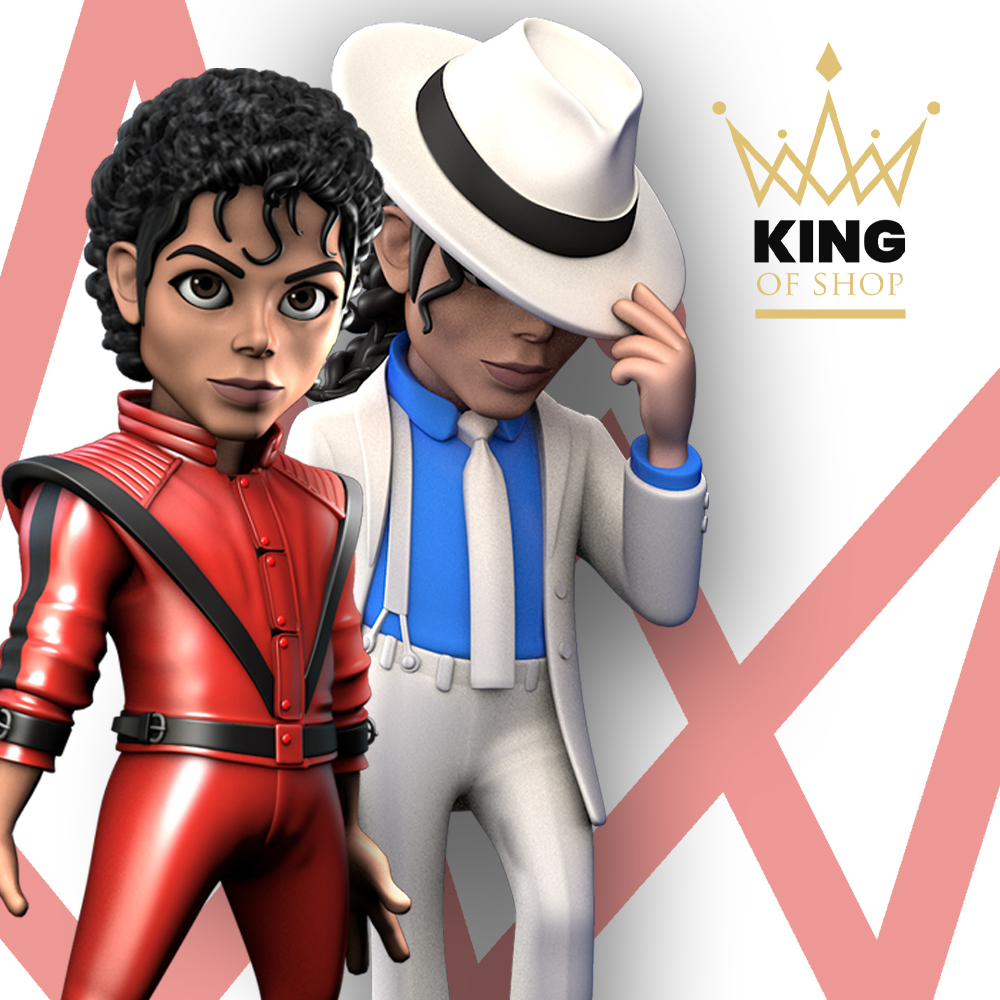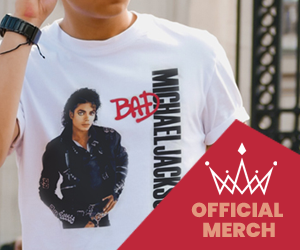
Before Neil Warnock founded one of the biggest entertainment agencies, he paid artists with sandwiches and beer. As a 15 year old in the ‘60s, Warnock quit school to become an apprentice printer and booked bands on the side. Driven by a sonic fixation, he ran between two payphones at Leicester train station during lunch breaks. Neil finished his apprenticeship so his father didn’t implode, but he eventually made a name on the UK college circuit. Warnock began representing bands like Deep Purple, Pink Floyd and Jethro Tull during their early careers. He was snatched by The Beatles’ management NEMS Enterprises at 25 and set up The Agency Group in 1981. TAG was purchased by the United Talent Agency last year for an undisclosed sum, with Neil joining as Head of Worldwide Music.
During his five-decade career, Warnock has orchestrated some of the most famous tours ever. He took Michael Jackson to India, The Rolling Stones to South East Asia and Pink Floyd to Russia during communism. The master of show money, Neil saw concert budgets grow from extra drumsticks to pyrotechnics, holograms and flying trapeze guitar solos. He was a pioneer in bringing gigs to developing countries and vividly recalls telegramming contracts to acts like Johnny Cash in the hopes they’d come overseas.
Now 69, Neil’s life remains consumed by music and the business behind it. I spoke to him about outlandish band riders, corruption among promoters, VIP packages, the evolution of stage production, and the bedlam of taking behemoths like Pink Floyd and Michael Jackson around the world.
 Michael Jackson in India during the HIStory Tour
Michael Jackson in India during the HIStory Tour
[…]
You took Michael Jackson to India as part of the famed HIStory tour. What are your memories of him and the tour itself?
The first time I met him was in Los Angeles when he was rehearsing at an ex US airport space in the North. Actually watching him put his dancers, at that time I was watching him through rehearsals, was gruelling. He was unremitting in what he wanted to see and what he wanted them to do. He was really, really disciplined and working with Kenny Ortega in those days, his choreographer. It was great to see. But on the other side, he lived in a bubble. He was surrounded by families that have been with him from his childhood. He didn’t live in our world. He just didn’t. He wasn’t part of our world. He wasn’t either allowed to be or it was the way he was brought up. It was like somebody being brought up in a greenhouse. Actually I hadn’t thought of that before, but it was exactly that.
The security precautions when taking MJ through India must have been insane?
It was crazy. Getting the equipment in was a piece of work because at that time, I think, we had the five arctics that were available in India and everything else had to come in on flat-back trucks. It was just truck after truck after truck of gear. When we got Michael from the airport, there was just police out-riders and everything going on.
Because his fans are fanatical?
They were nuts. When we were getting very close to the city, Michael got them to stop his car. He got out of the car and he starts going to the people that were living by the side of the road. It was just like “woah, woah, woah!” But they were brilliant and I actually don’t think they even knew who he was. There wasn’t any mobbing. He was just like “oh hi, hello. How are you?” and this and that. They were more bemused by how much police [were there] and what was going on and the pandemonium around this guy, than who he is. But it was a brilliant show and it was immaculately presented because we took in everything that he needed. We had to build a city.
The thing about these tours, the Michaels, or Floyds or U2s, the very big tours, is that you’re literally moving a small town around every time, because that’s what it takes between building the stages. If you’ve got a big tour, however you’re leapfrogging to the next place, you’ve got to have advanced catering, you’ve got to make sure that you’ve got security in place, you’ve got medics in place, you’ve got everything going. You’re probably building the next venue, a week before you get to it and so on and so on. The actual organization is very sophisticated to actually be able to do three or three shows a week, to enable the production back-line, everything to be in place to do these shows.
[…]
SOURCE: Forbes




This excerpt, as well as the full article on Forbes is very interesting, yet in both cases a photo of Michael from an 80s Jackson’s tour is used rather than a HIStory tour photo, which would make much more sense given the context of Mr. Warnock’s comments. I appreciate this was used on the Forbes site – but I would have expected an MJ fan site to have corrected that error.
So sorry Kerry we didn’t meet your expectation. We have now changed the photo for you. Mistake does happen as we are all humans.